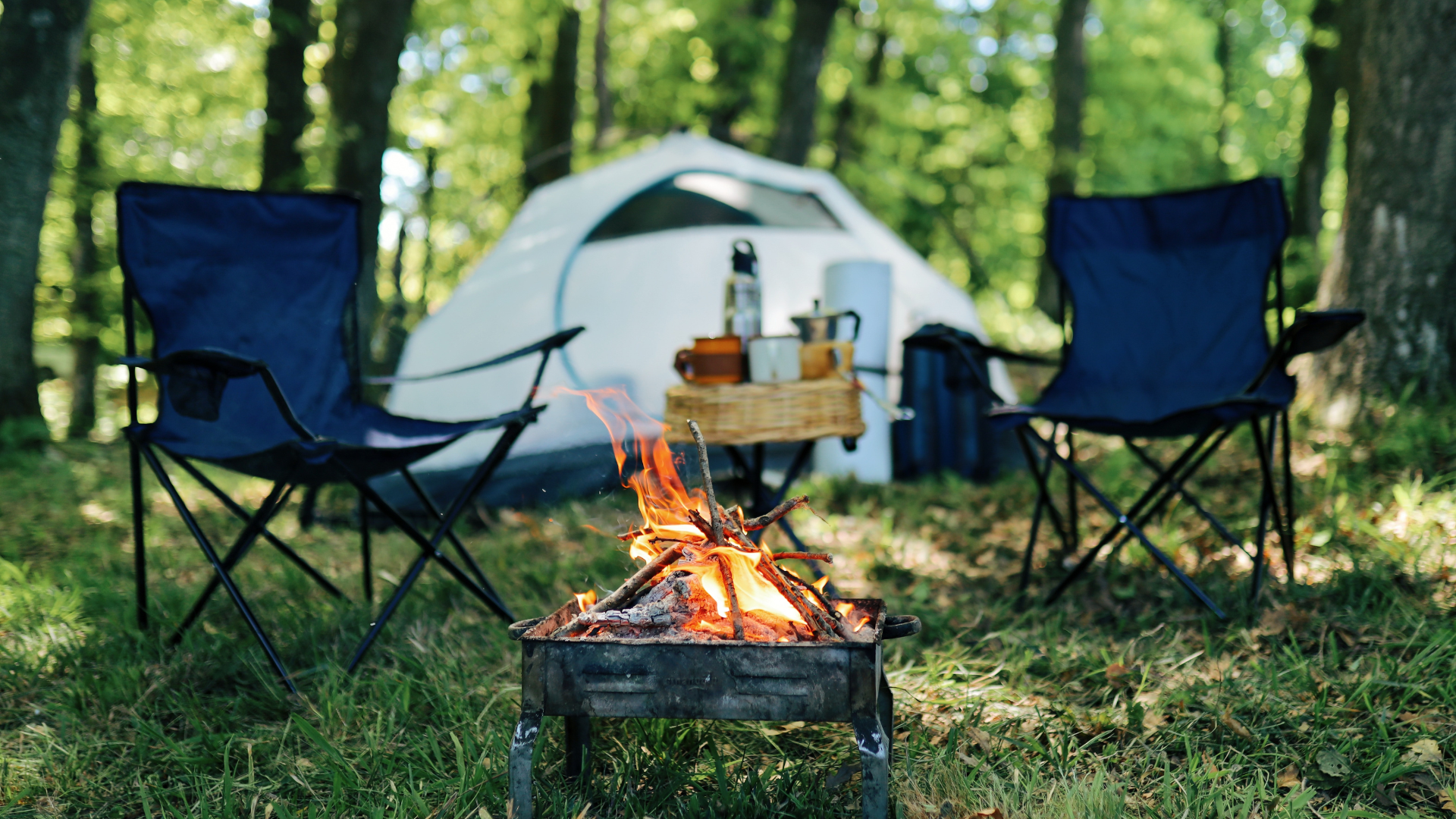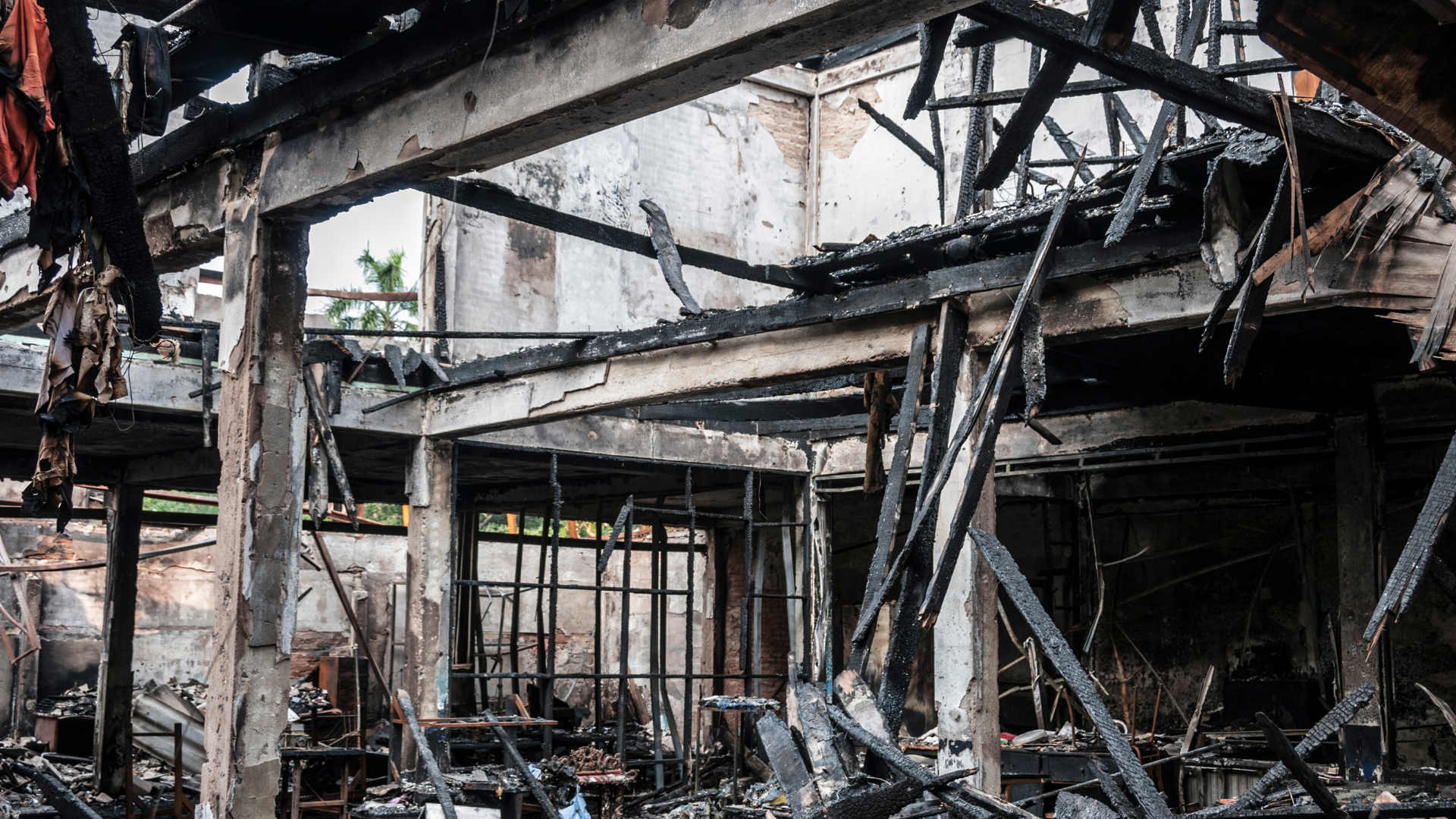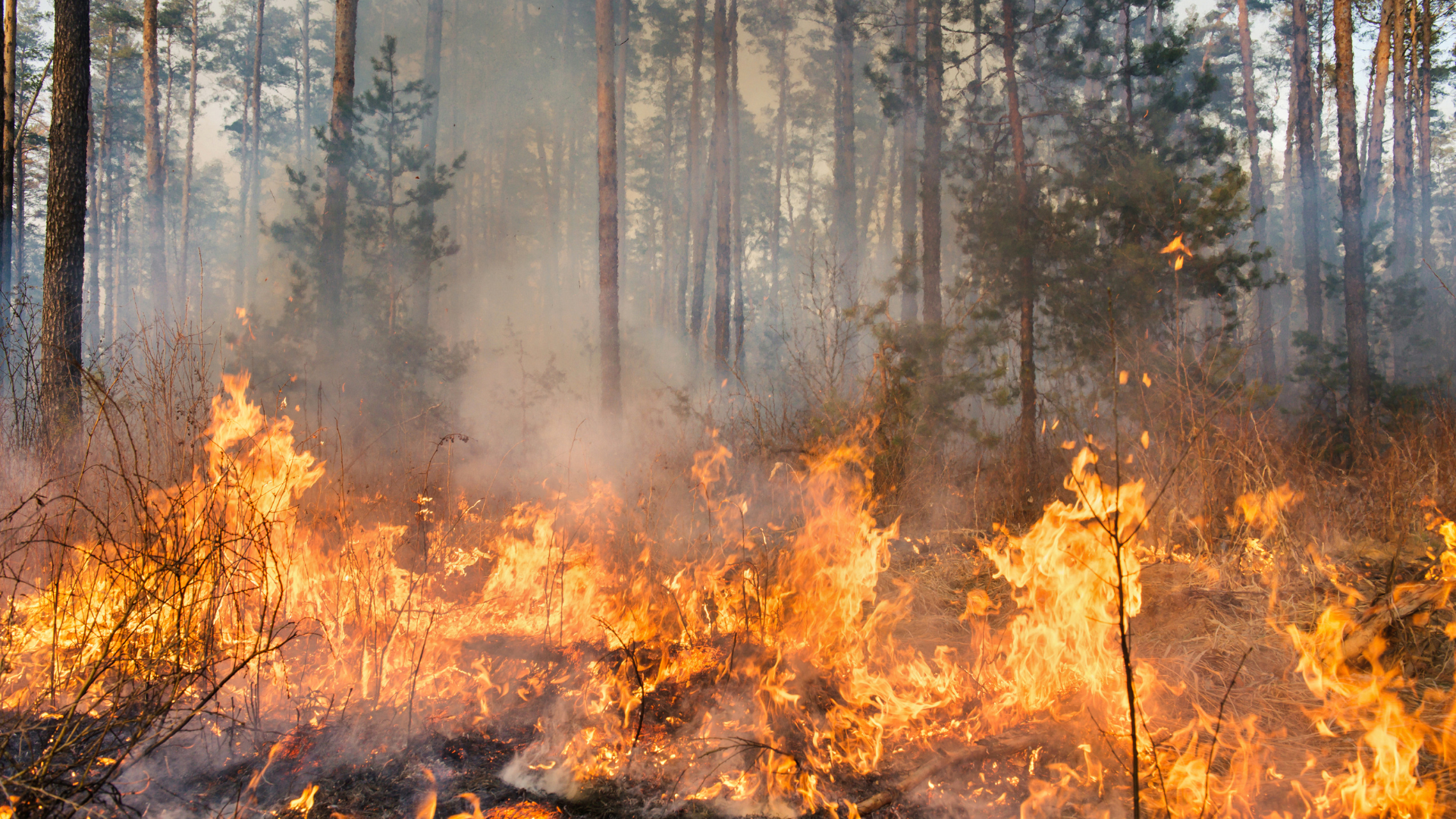A wildfire is an unplanned, unwanted fire burning in a natural area, such as a forest, grassland, or prairie. As building development expands into these areas, homes and businesses may be situated in or near areas susceptible to wildfires.
Wildfires can occur anywhere in the country. They can start in remote wilderness areas, in national parks, or even in your backyard. Wildfires can start from natural causes, such as lightning, but most are caused by humans, either accidentally from cigarettes, campfires, or outdoor burning, or intentionally.
A Red Flag Warning means warm temperatures, very low humidities, and stronger winds are expected to combine to produce an increased risk of fire danger. When a Red Flag Warning is issued residents are highly discouraged from starting fires/campfires of any kind, improperly disposing of cigarettes or matches, and using lawnmowers on dry vegetation.

Wildfires can cause property damage and loss, putting homes, businesses, and infrastructure at risk. The smoke produced by wildfires can lead to health risks, including respiratory issues and worsened existing health conditions. Evacuations, power outages, road closures, and supply chain disruptions can lead to significant financial losses. Businesses may experience temporary closures, reduced customer demand, damage to physical assets, and loss of inventory. Businesses may face difficulties in rebuilding, attracting customers, and sustaining operations in the aftermath of a wildfire.

Preventing Wildfires
Most fires are preventable, so here are some safety tips to help reduce the number of accidental wildfires:
- Only build campfires in designated areas.
- Never leave a campfire unattended.
- Completely douse campfires with water, stir the ashes, and douse again.
- Ensure the campfire is cold to the touch before leaving.
- Check local regulations before burning debris. For Anne Arundel County rules and regulations visit aahealth.org/environmental-health/housing-protection/open-fire-guidance.
- Never burn on windy days.
- Have water and tools readily available if you are burning anything.
- Completely extinguish fires.
- Check local regulations before using fireworks. For Anne Arundel County rules and regulations visit aacounty.org/fire-department/fire-marshal/fire-related-inspections/fireworks-display
- Never use fireworks when it's dry or windy.
Before an incident
- Know multiple escape routes from your home and community.
- Conduct family drills to ensure everyone knows the plan.
- Identify a safe meeting location outside the evacuation zone.
- Pack essential supplies like water, food, medications, important documents, and first-aid kits.
- Create a defensible space around your property by clearing away flammable vegetation, and debris, and maintaining a distance between trees and structures.
- Stay informed with the news and other reliable sources to know what your next step is going to be.
- Sign up for Alert Anne Arundel to receive emergency alerts and messages.
During an incident
- Prioritize your safety by getting out and then helping others if safe to do so.
- Follow instructions from local authorities.
- Stay informed by monitoring official sources of information such as local news, emergency alerts, and social media updates.
- If an evacuation order is issued, evacuate immediately, taking your emergency kit and important documents with you.
- If evacuation is not mandatory but you feel threatened, consider relocating to a safer location.
- Close all windows and doors to prevent embers from entering your home and shut off gas, propane, and other flammable utilities.
After an incident
- Wait for authorities to declare the area safe before returning to your property.
- Once you are allowed to go back, be cautious as there may be hidden hazards such as unstable structures, hot spots, or hazardous materials.
- Inspect your property for any damage or signs of danger, and report any issues to the appropriate authorities or your insurance company.
- Take pictures of the damage for evidence.
- Once it's safe to do so, begin the cleanup process by removing debris, but remember to wear appropriate protective gear and follow proper handling procedures.

